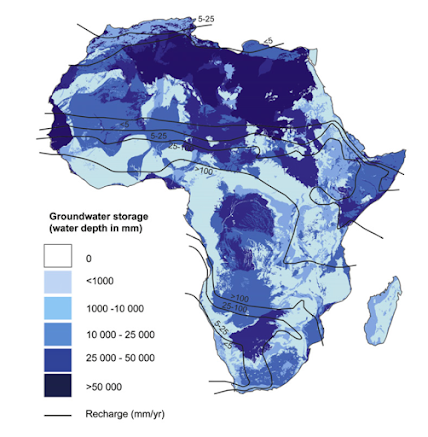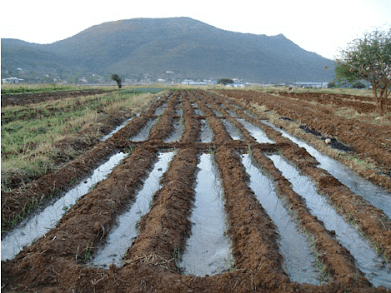Sitting on a mine

Africa’s groundwater potential, from MacDonald et al. (2012) As discussed last week, some of the most proliferating farmer-led irrigation techniques involve groundwater as a source for water abstraction, therefore I wanted to investigate Africa’s groundwater potential in this week’s post. MacDonald et al. (2012) estimate that much of Africa is sitting on top of a goldmine – a goldmine consisting of around 0.66 million km3 of water. To put this into perspective: - Average annual in Africa is estimated to be 0.02 million km3, - Total lake water storage is estimated to be 0.03 million km3, - Total renewable freshwater resources are estimated to be 0.004 million km3, Thus, the estimated volume of Africa’s groundwater is more than 12 times a great as its annual rainfall, lake water storage and renewable freshwater resources combined. In addition to this, Damkjaer and Taylor (2017) explain that common water scarcity metrics, such as the water stress index (WSI), withdrawal-to-avail

